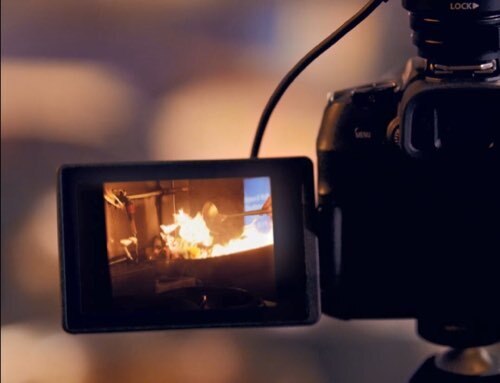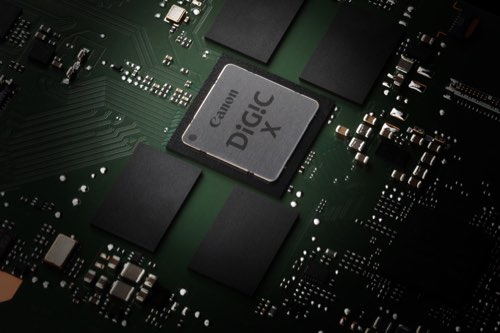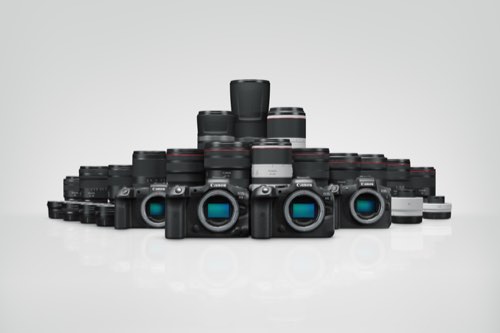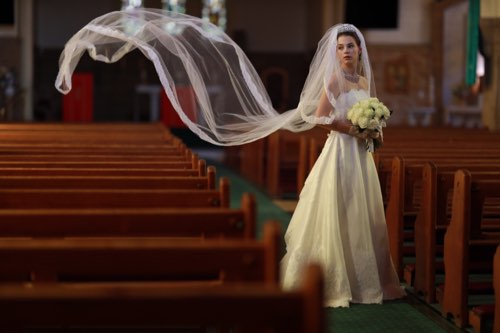Discover your photographic vision with SNAPSHOT, a growing community in South and Southeast Asia.
Learn the best ways to create amazing images and videos, share your works with the community and be inspired by our community.
Please note that SNAPSHOT account based features and services are ONLY available to citizens and/or legal residents of selected countries/regions in South and Southeast Asia.
LOGIN/SIGN UPFind what you are looking for
or search by
Topics

Article

e-Book

Video

Campaigns

Compact Cameras

DSLRs

Videography

Astrophotography

Mirrorless Cameras

Architecture Photography

Canon Technologies

Low Light Photography

Photographer Interviews

Landscape Photography

Macro Photography

Sports Photography

Travel Photography

Underwater Photography

Photography Concepts & Application

Street Photography

Full-Frame Mirrorless Cameras

Lenses & Accessories

Nature & Wildlife Photography

Portrait Photography

Night Photography

Pet Photography

Printing Solutions

Product Reviews

Wedding Photography
- Find out what type of photographer you are.
-
Sorry, but we couldn’t find the page you were looking for.
404 ERROR PAGE
It appears that you've lost your way either though an outdated link or a typo on the page you were trying to reach. Meanwhile, enjoy these photos shared on My Canon Story by SNAPSHOT members.
Photographer’s ShowcaseOr you can browse articles regarding these topics:
- PHOTOGRAPHY GENRES
- Compact cameras
- DSLR cameras
- Videography
- Astrophotography
- Mirrorless camera
- Architecture photography
- Canon technology
- Low light photography
- Photographer interviews
- Landscape photography
- Macro photography
- Sports Photography
- Travel photography
- Underwater photography
- Photo Concepts & Application
- Street Photography
- Full-frame mirrorless cameras
- Lenses & Accessories
- Nature & Wildlife photography
- Portrait photography
-







